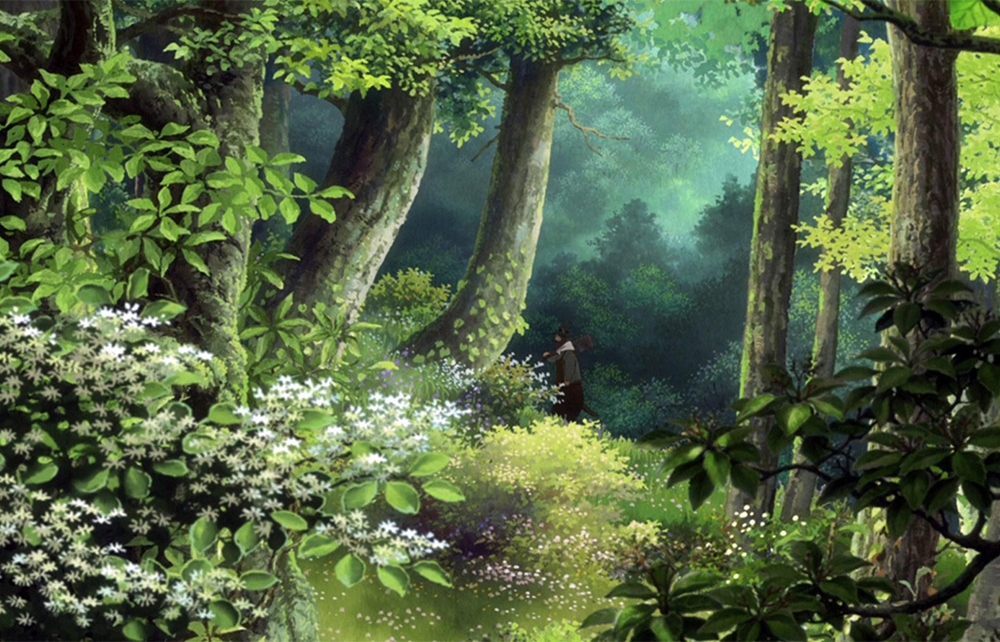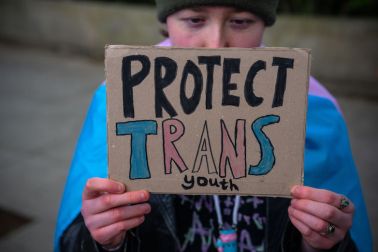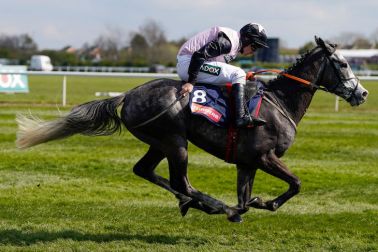Talking animals – as anyone who has watched a Studio Ghibli animated film will know – are big in Japan. But not always cute. The snooty hawk, for instance, looks down on the ugly but peaceable nighthawk (‘quite harmless to other birds’), who half-shares his macho name despite a deplorable lack of raptor credentials. Just to humiliate him, Hawk decides to call Nighthawk ‘Algernon’ instead. In despair, the little creature flies up to the heavens, only to be told: ‘One has to have the proper social status in order to become a star.’ The nighthawk awaits a lonely death in the frozen skies but finds his frail body ‘glowing gently with a beautiful blue light’. He has joined the constellation Cassiopeia, ‘still burning to this day’.
If the meek inherit the Earth – and heavens – in Kenji Miyazawa’s luminous fables, they have to pay for it in toil and tears. Miyazawa (1896-1933), who released only a couple of self-published volumes in his lifetime, was both an altruistic soil scientist and a devout Nichiren Buddhist. His Japanese strain of self-help idealism, as he advised poor farmers in his rugged home province of Iwate, recalls the dreams of rustic renewal seeded elsewhere by Tolstoy, Tagore and William Morris. Miyazawa, though, believed that scientific knowledge must fertilise the simple life. Markers of technological modernity – railways, steamers, electric lights, telephone poles – punctuate the eerie folkloric landscapes of these droll, charming but far from naive tales.
Night Train to the Stars collects 25 stories. In the title piece, a child who has to labour in a print shop boards a magical train through the spectacular light show of the Milky Way, the ‘River of Heaven’. As he rides, Giovanni will learn about loss, grief and remembrance in the kaleidoscopic skyscape of this ‘imperfect fourth dimension of fantasy’.








Comments
Join the debate for just £1 a month
Be part of the conversation with other Spectator readers by getting your first three months for £3.
UNLOCK ACCESS Just £1 a monthAlready a subscriber? Log in